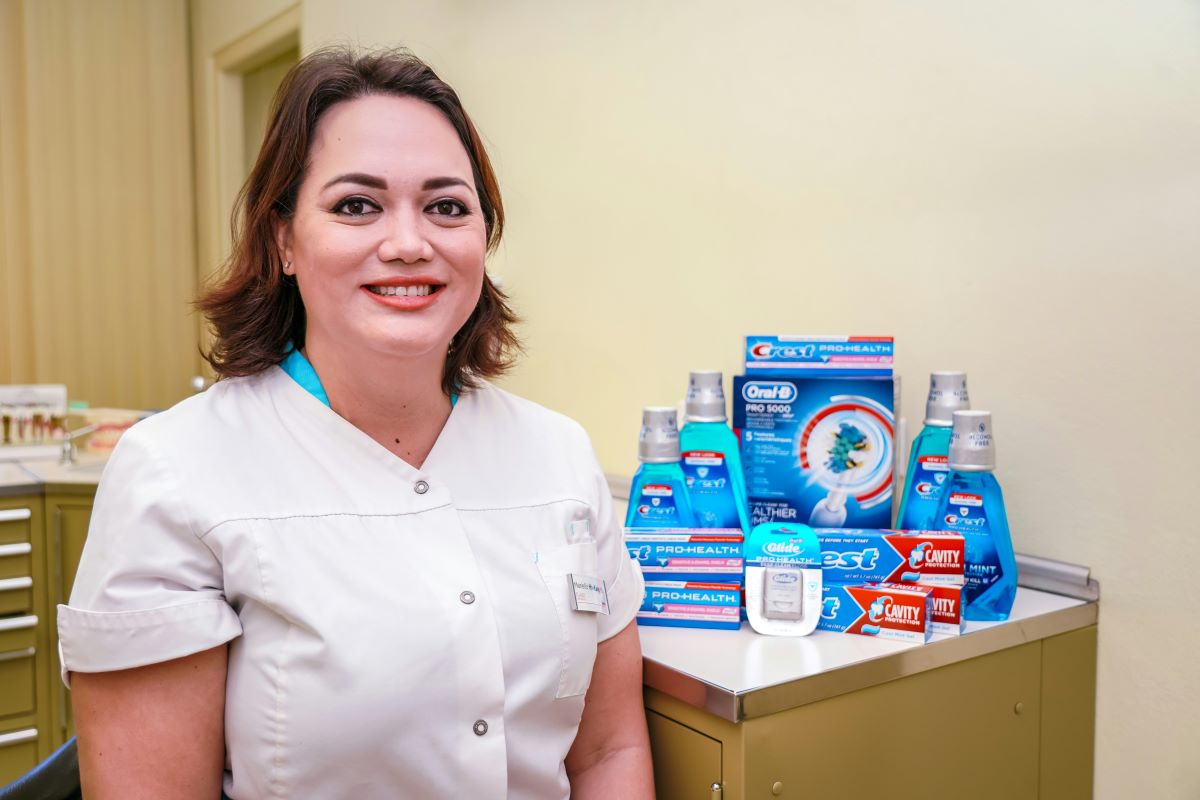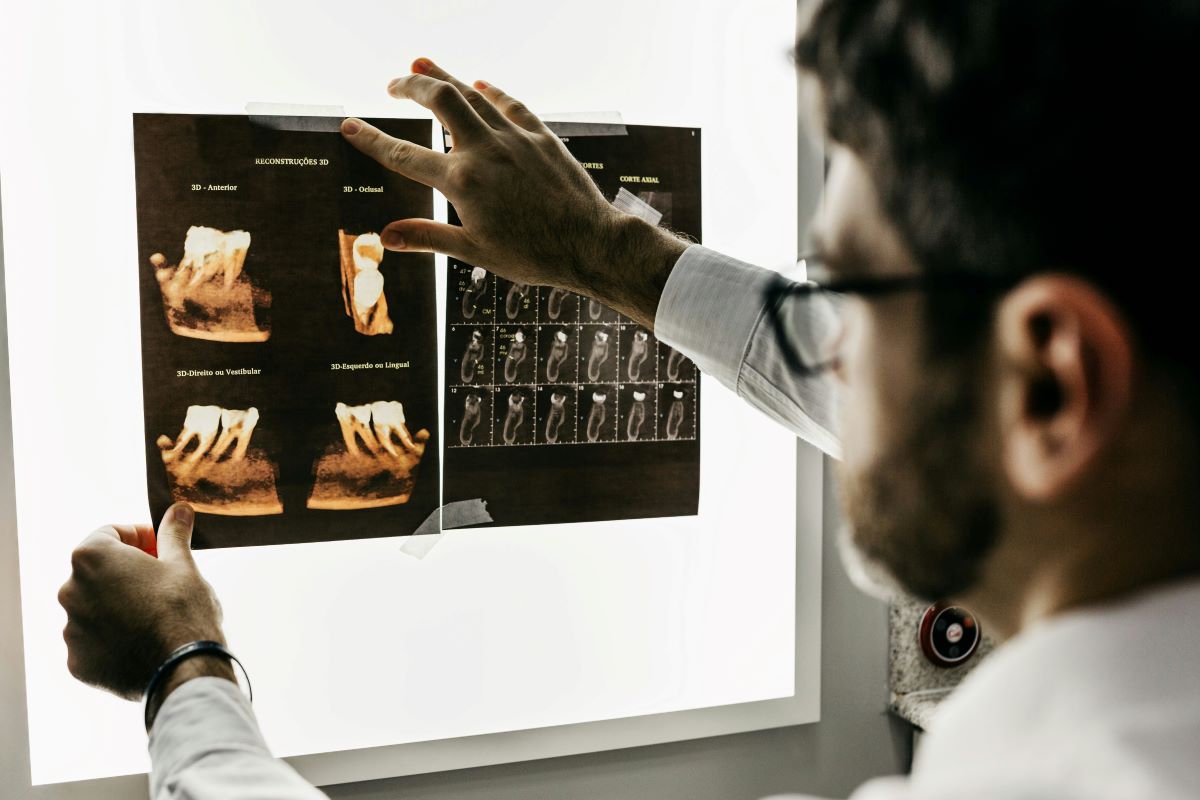Dental Assistant
Dental assistants are integral members of the dental care team, providing support to dentists and hygienists. They perform a variety of tasks to ensure smooth operation within the dental office. One of their primary responsibilities is assisting during patient procedures. This can involve handing instruments to the dentist, preparing materials for treatments, and ensuring patients are comfortable throughout their visit.
Moreover, dental assistants are often tasked with administrative duties such as scheduling appointments, maintaining patient records, and handling billing tasks. Their versatility allows them to seamlessly transition between clinical and clerical tasks, contributing to the efficient functioning of the dental practice.
In terms of education and training, becoming a dental assistant typically requires completing a dental assisting program, which can vary in duration from several months to a year. These programs cover topics such as dental anatomy, radiography, infection control, and chairside assisting techniques. Upon completion, aspiring dental assistants may choose to pursue certification by passing the Dental Assisting National Board (DANB) exam, although certification requirements vary by state.
Registered Dental Assistant (RDA)
Registered dental assistants, on the other hand, undergo additional training and certification, elevating their role within the dental team. RDAs possess a broader skill set and are often granted more responsibilities compared to dental assistants.
In addition to performing chairside assisting duties, RDAs are authorized to take on certain expanded functions under the supervision of a licensed dentist. These may include placing dental sealants, taking impressions, and applying topical fluoride treatments. Their advanced training equips them to handle a wider range of tasks, thereby enhancing the efficiency and quality of patient care.
To become a registered dental assistant, individuals must complete an accredited dental assisting program and obtain licensure by passing state-specific exams. Additionally, some states may require RDAs to maintain certification through continuing education courses to stay abreast of the latest advancements in dental technology and practices.
Key Differences
Here are some of the most important differences between a dental assistant and a registered dental assistant:
- Scope of Practice: The primary distinction between dental assistants and registered dental assistants lies in their scope of practice. While both roles involve assisting dentists during procedures and performing administrative tasks, RDAs have the authority to perform certain advanced procedures under supervision.
- Education and Certification: Dental assistants typically complete shorter training programs and may or may not pursue certification. In contrast, RDAs undergo more extensive training and must obtain licensure to practice in their respective states.
- Responsibilities: RDAs often have a wider range of responsibilities compared to dental assistants, including performing expanded functions and assuming greater autonomy in patient care.
What Skills Does a Dental Assistant Need?
Let’s explore some of the most prevalent skills that a dental assistant might need:
- Chairside Assistance: Dental assistants need to be proficient in providing chairside assistance to dentists during procedures. This includes handing instruments, preparing materials, and ensuring patient comfort throughout the treatment process.
- Communication Skills: Effective communication is crucial in a dental office environment. Dental assistants must be able to communicate clearly with patients to gather relevant medical history, explain procedures, and address any concerns or questions they may have.
- Organizational Skills: Dental offices can be fast-paced environments with multiple patients scheduled throughout the day. Dental assistants need strong organizational skills to manage appointments, maintain patient records, and ensure smooth workflow within the office.
- Attention to Detail: Precision is key in dental procedures, and dental assistants must have a keen eye for detail. They need to accurately record patient information, follow sterilization protocols, and assist the dentist with precision during treatments.
- Radiography Skills: Many dental assistants are responsible for taking and developing dental X-rays. They must be trained in radiography techniques, including positioning the X-ray machine correctly, ensuring patient safety, and producing high-quality images for diagnostic purposes.
- Infection Control Knowledge: Maintaining a clean and sterile environment is essential in a dental office to prevent the spread of infections. Dental assistants should have a thorough understanding of infection control protocols and be diligent in implementing them to ensure patient safety.
- Teamwork: Dental assistants work closely with dentists, hygienists, and administrative staff to provide comprehensive patient care. Strong teamwork skills are essential for collaborating effectively with colleagues and contributing to the overall success of the dental team.
- Empathy and Compassion: Visiting the dentist can be stressful for many patients, and dental assistants play a vital role in helping them feel at ease. Empathy and compassion are important qualities that enable dental assistants to provide supportive care and create a positive experience for patients.
These and other skills form the foundation for success in an entry-level dental assisting role.
Get Started in Dental Assisting Today
In summary, while dental assistants and registered dental assistants share common goals of supporting dental practitioners and providing quality patient care, their roles differ in terms of scope, education, and responsibilities. Dental assistants serve as valuable members of the dental team, while RDAs bring additional skills and expertise to enhance the delivery of dental services.
Whether you're considering a career as a dental assistant or aspiring to become a registered dental assistant, acquiring the necessary education and training is essential. Explore reputable educational institutions and certification programs to embark on your journey towards a rewarding career in dental healthcare.
Interested in pursuing a career as a dental assistant? Consider exploring Best Bootcamps, where you can receive accelerated education through immersive bootcamps in critical fields like dental assisting. Discover opportunities to fast-track your career and gain the skills needed to excel in the dynamic healthcare industry.




